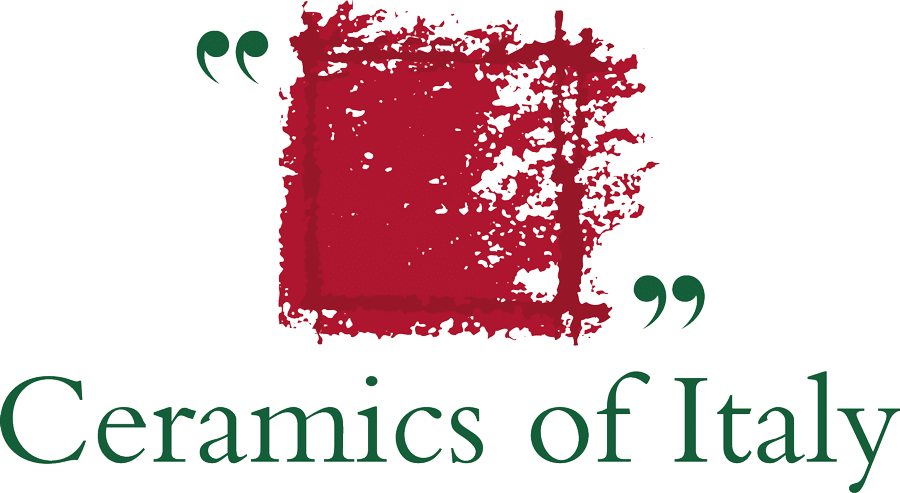Preventive and periodic machinery maintenance is a complex activity that requires careful consideration and planning right from the plant design stage and must be carried out by workers with specialist training.
In 2014, the Emilia-Romagna regional government set up a regional working group for the prevention of workplace accidents in the ceramic industry (consisting of the Emilia-Romagna regional government, the Modena and Reggio Emilia local health authorities, trade unions and ceramic industry employers) with the aim of developing shared guidelines regarding the obligations and responsibilities of CE marking of machinery and equipment in the industry.
The concept of an assembly of machinery
Modern ceramic factories have achieved high levels of automation that simplify the production process and facilitate the work of employees. Machinery, plant and equipment must comply with the provisions introduced by Directive 2006/42/EC.
In this Directive, the term “machine” is also defined as an assembly of machinery or partly completed machinery arranged and controlled so that they function as an integral whole. Ceramic sector machinery must also undergo a special risk assessment and conformity analysis before it is placed on the market or put into service.
Functioning as an integral whole
To determine whether machinery functions as an integral whole, three conditions must occur simultaneously: its constituent units must have a shared function (such as the production of a specific product), the connection between the various parts must be functional, and there must be a shared control system.
The ceramic production cycle is a clear example of a case in which machinery is arranged so as to function as an integral whole.
The importance of standards for proper risk assessment
In complex plants, such as those adopted in ceramic production processes, it is necessary to define contractually and in advance who is responsible for safety. For this reason, a number of regulations have been drawn up to clarify the concept of responsibility in production facilities aimed at manufacturers and users who make alterations to machinery.
Regulations of this kind impose further obligations on employers, who are required to assess the conformity of the equipment.
The manufacturers’ responsibilities
During assembly, manufacturers must take account of aspects such as the way in which operators will interface with the various machine parts, how line stoppages are to be managed, how access will be gained to the plant, and the associated emissions. Proper overall risk assessment must consider the production system as a whole.
Requirements for guaranteeing safety during assembly and maintenance
Machine safety must also be guaranteed during assembly and maintenance. For this purpose, the manufacturer must ensure that:
- The Essential Safety Requirements of the machinery are met.
- The machine’s technical file has been compiled and is available.
- Conformity assessment procedures are carried out.
- The necessary information is contained in the machine’s User Manual.
- The EC declaration of conformity for the machine is drawn up and is available.
- The CE conformity marking has been affixed to the machine.
Emergency management
According to the wording of the Machinery Directive, there should only be one emergency stop system for each production line.
The general principle is that each line must be equipped with an emergency stop system capable of instantly resolving all potentially dangerous situations.
Overall risk assessment
The European Union Framework Directive for Occupational Health and Safety (Directive 89/391) introduces Risk Assessment as a key prevention tool. This aspect is also covered by subsequent Directives including the Machinery Directive, which emphasises the importance of overall risk assessment. This assessment must also take into account the suitability of the individual parts making up the machine and the risks created by non CE-approved assemblies.
CE marking in the event of major alterations
The European Guide also clarifies what should happen in the event that alterations are made to machines in operation in production processes.
The relevant standards stipulate that a new CE marking is required in the case of major alterations that might compromise the safety of the installations.
The Italian ceramic tile industry complies with the occupational health and safety protocol
In tile manufacturing facilities, employers must comply with the provisions of Italian Legislative Decree No. 81/2008 and guarantee that the workplace and work equipment requirements continue to be met.
The work carried out by the Emilia-Romagna regional working group for the prevention of occupational accidents provides valuable support for the correct application of the Machinery Directive (2006/42/EC) in the ceramic sector.
The Operational Guide and the 21 specific Technical Data Sheets provide practical guidance aimed at clearly and precisely defining the role of manufacturers, installers and users in the correct application of the relevant provisions.
These documents were officially unveiled at a conference held in Bologna on 13 July 2018 and are available at the following link:



 Architects
Architects
 Construction firms
Construction firms
 Dealers
Dealers
 Installers
Installers
 Public
Public

